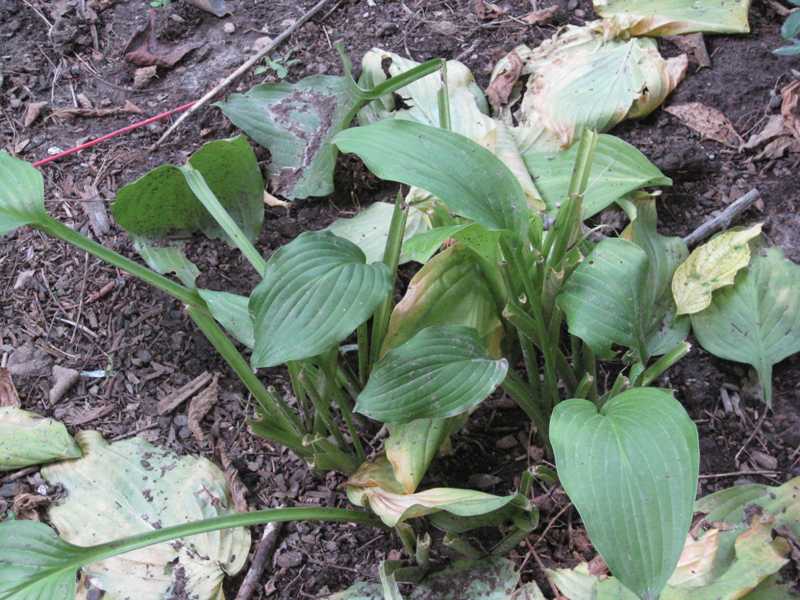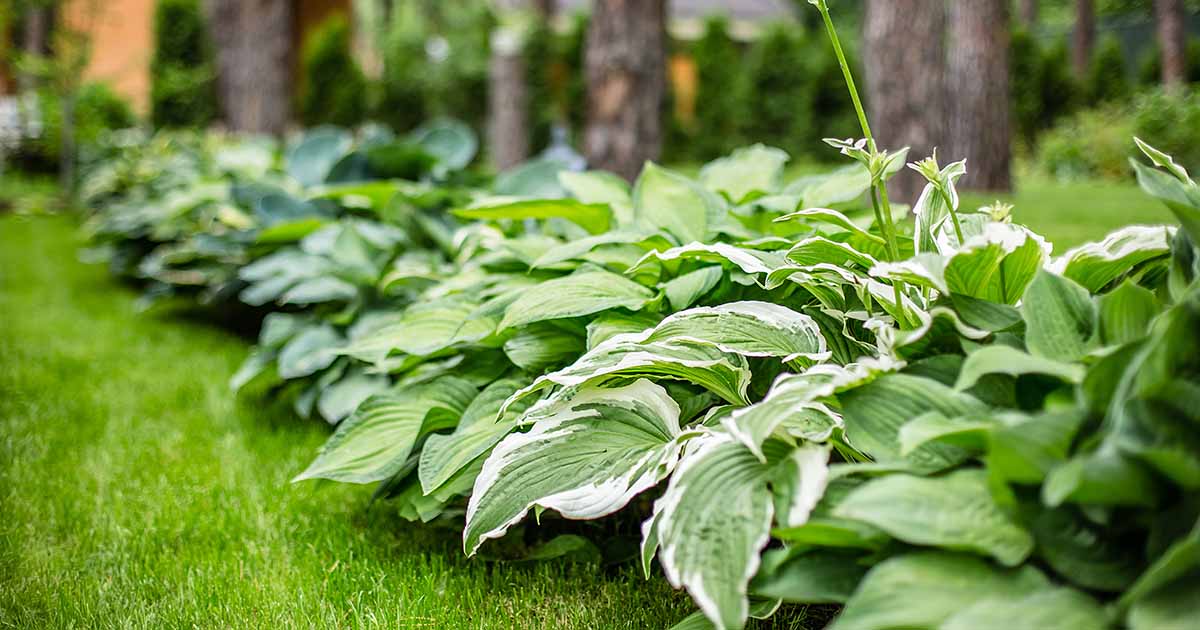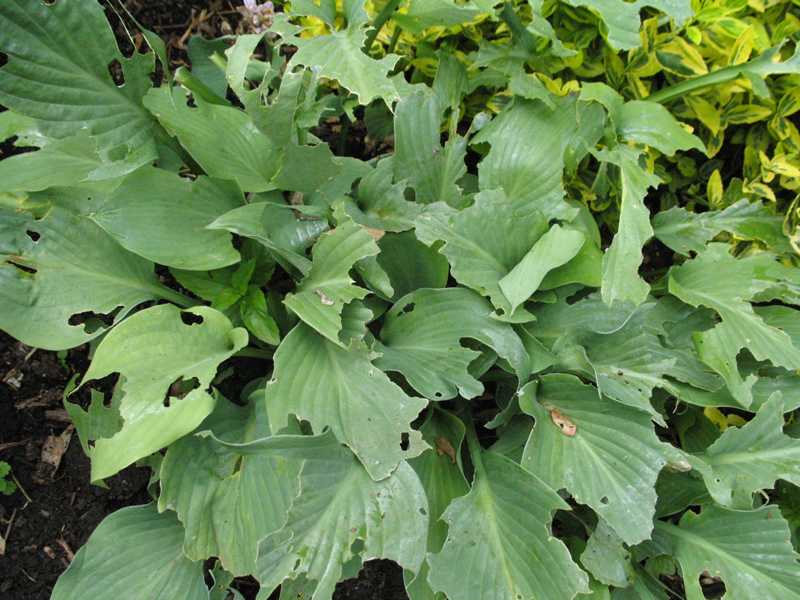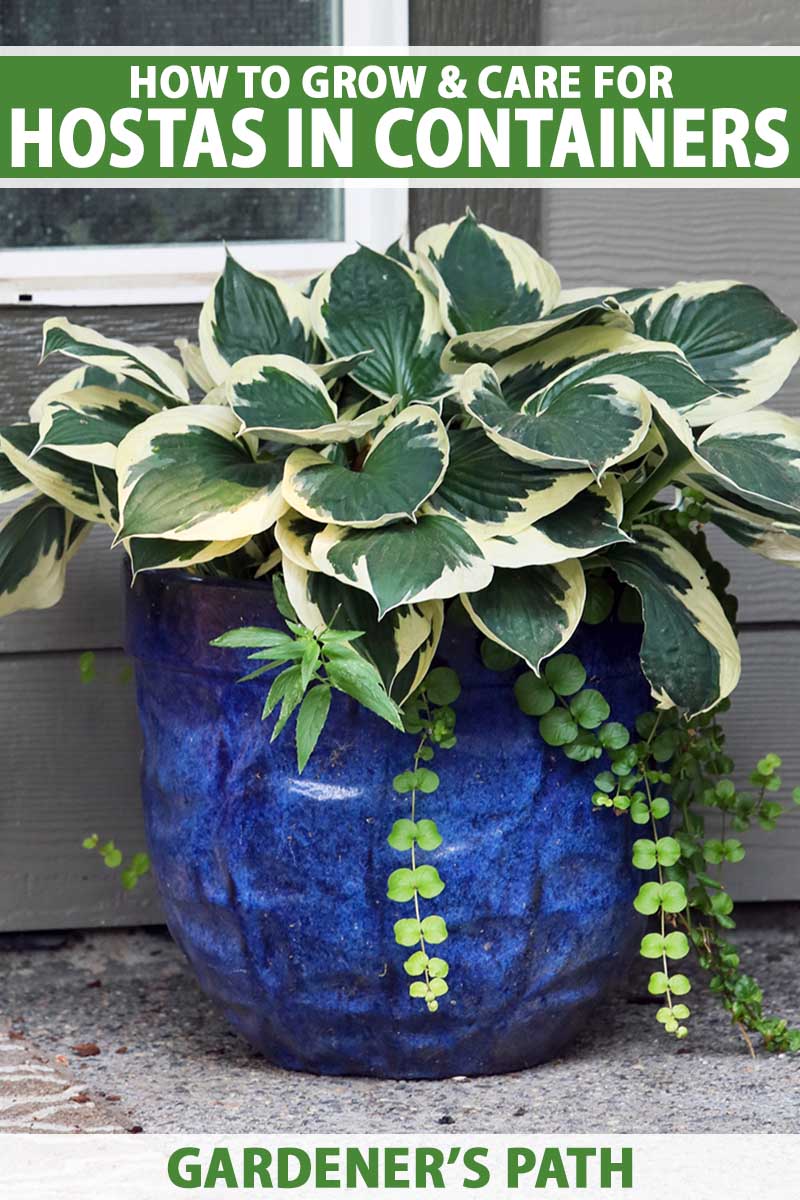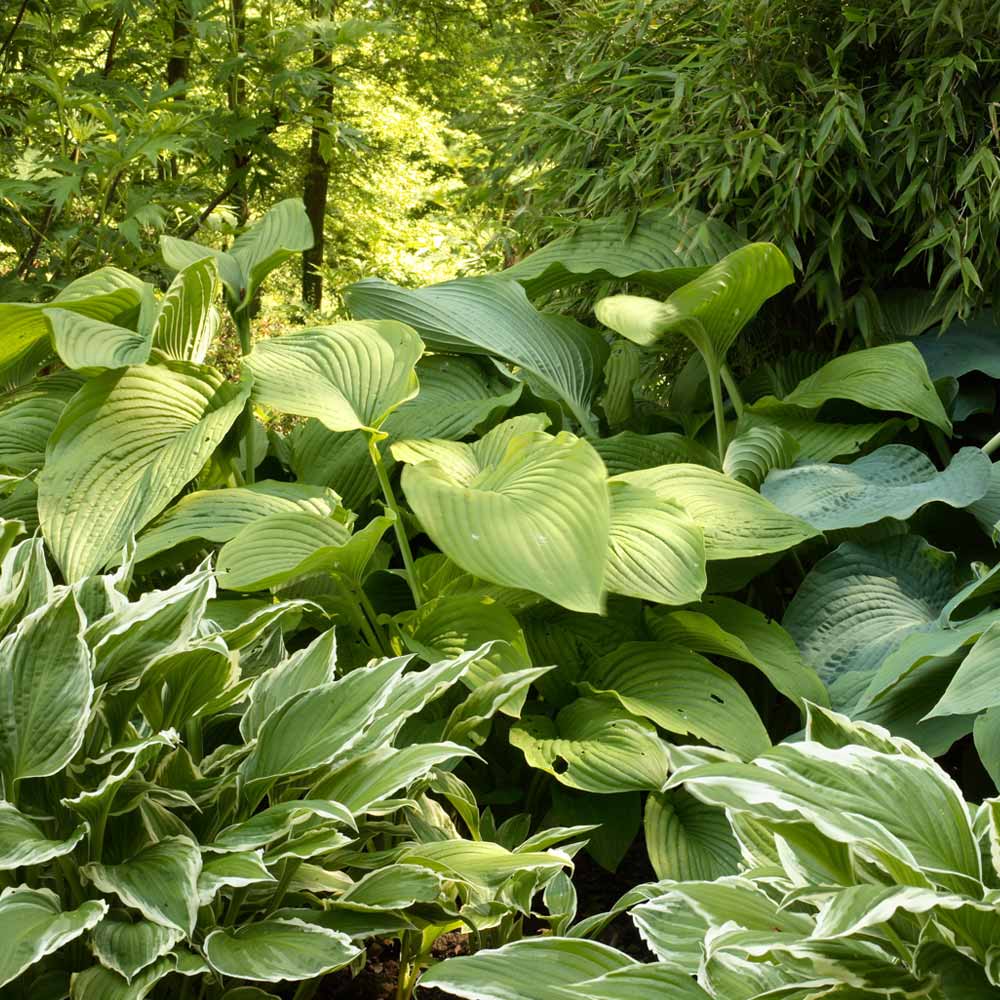The Mysterious Case of Disappearing Hostas
Hosta plants, once thriving and vibrant, can quickly become a source of frustration and confusion for gardeners when they start to disappear. The question on every gardener’s mind is, “What is eating my hosta plants?” With so many potential culprits, it can be a daunting task to identify the root cause of the problem. Understanding the causes of hosta damage is crucial in preventing further destruction and maintaining a healthy, thriving garden. When hosta plants are devoured, gardeners are left wondering what is behind the mysterious disappearance of their beloved plants. Identifying the culprits is the first step in taking action to prevent further damage and protect these beautiful plants.
Slugs and Snails: The Sneaky Suspects
Slugs and snails are notorious pests that can wreak havoc on hosta plants. These slimy creatures are attracted to the tender leaves and stems of hostas, and can cause significant damage if left unchecked. Slugs and snails are most active at night, which makes them difficult to detect. However, there are some telltale signs of their presence, including holes and tears in the leaves, and a trail of slime on the soil or leaves. To control slugs and snails, gardeners can use copper tape, crushed eggshells, or sharp gravel around the base of the plants to deter them. Traps baited with beer or yeast can also be effective in capturing and removing these pests. Additionally, hand-picking slugs and snails at night can be a simple yet effective way to manage their population. By understanding the habits and habitats of slugs and snails, gardeners can take proactive steps to protect their hosta plants from these sneaky suspects.
Voles and Rabbits: The Furry Thieves
Voles and rabbits are common pests that can cause significant damage to hosta plants. These furry critters are attracted to the tender shoots and leaves of hostas, and can quickly devour entire plants if left unchecked. Voles, also known as meadow mice, are particularly fond of hosta plants and can cause extensive damage to the roots and stems. Rabbits, on the other hand, tend to prefer the leaves and flowers of hostas. To deter voles and rabbits, gardeners can use physical barriers such as chicken wire or hardware cloth to protect the plants. Repellents such as predator urine or hot pepper spray can also be effective in deterring these pests. Additionally, planting hostas in containers or raised beds can help to prevent voles and rabbits from accessing the plants. By understanding the feeding habits and preferences of voles and rabbits, gardeners can take proactive steps to protect their hosta plants from these furry thieves. If you’re wondering “what is eating my hosta plants”, it’s essential to consider these common pests as potential culprits.
How to Identify and Manage Hosta Pests
Identifying the signs of pest damage is crucial in managing hosta pests effectively. When wondering “what is eating my hosta plants”, it’s essential to inspect the plants regularly for signs of damage. Common signs of pest damage include holes, tears, and discoloration on the leaves and stems. Slugs and snails often leave behind a trail of slime, while voles and rabbits may leave behind droppings or gnaw marks. To inspect plants, gently lift the leaves and examine the undersides for signs of pests. Set traps, such as beer traps for slugs and snails, or bait stations for voles and rabbits, to capture and remove the pests. Organic control methods, such as neem oil and pyrethrin, can be effective in managing hosta pests. Additionally, introducing natural predators, such as toads and hedgehogs, can help to control pest populations. By regularly inspecting plants and using a combination of control methods, gardeners can effectively manage hosta pests and prevent further damage.
Deer and Other Large Pests: The Uninvited Guests
Deer and other large pests, such as elk and moose, can cause significant damage to hosta plants. These pests are attracted to the tender shoots and leaves of hostas, and can quickly devour entire plants if left unchecked. Deer, in particular, are known to feed on hostas, especially during the spring and summer months when other food sources are scarce. To protect hosta plants from deer and other large pests, gardeners can use fencing, such as deer netting or electric fencing, to create a barrier around the plants. Repellents, such as predator urine or hot pepper spray, can also be effective in deterring these pests. Additionally, planting hostas in containers or raised beds can help to prevent deer and other large pests from accessing the plants. When wondering “what is eating my hosta plants”, it’s essential to consider these large pests as potential culprits. By understanding their feeding habits and preferences, gardeners can take proactive steps to protect their hosta plants from these uninvited guests.
Environmental Factors: The Hidden Causes of Hosta Damage
While pests are often the primary suspects when it comes to damaged hosta plants, environmental factors can also play a significant role. Weather conditions, such as extreme temperatures, drought, or excessive rainfall, can weaken hosta plants and make them more susceptible to pest damage. Soil quality and nutrient deficiencies can also contribute to hosta damage, as plants that are lacking essential nutrients may be more vulnerable to pest attacks. Additionally, poor drainage, compacted soil, and inadequate sunlight can all impact the health and resilience of hosta plants. When wondering “what is eating my hosta plants”, it’s essential to consider these environmental factors as potential contributors to the problem. By optimizing growing conditions, gardeners can help to prevent hosta damage and create a more resilient and pest-resistant garden. This can be achieved by ensuring good soil quality, providing adequate sunlight and water, and protecting plants from extreme weather conditions. By taking a holistic approach to garden care, gardeners can help to prevent hosta damage and maintain a healthy, thriving garden.
Organic and Chemical Control Methods: A Balanced Approach
When it comes to managing hosta pests, gardeners have a range of control methods at their disposal. Organic control methods, such as introducing natural predators, using neem oil, and spraying soapy water, can be effective in controlling pest populations while minimizing environmental impact. Chemical control methods, such as using insecticides and pesticides, can provide quick results but may have negative consequences for the environment and human health. When deciding on a control method, gardeners should consider the severity of the infestation, the type of pest, and the potential risks and benefits of each approach. For example, organic methods may be more suitable for small-scale infestations, while chemical methods may be necessary for larger-scale problems. It’s also important to note that a combination of both organic and chemical methods may be necessary to achieve optimal results. By understanding the pros and cons of each approach, gardeners can make informed decisions about how to manage hosta pests and prevent further damage. Remember, when wondering “what is eating my hosta plants”, it’s essential to consider the most effective control methods to prevent further damage and maintain a healthy, thriving garden.
Prevention is the Best Defense: Tips for a Pest-Free Hosta Garden
In conclusion, understanding the common pests that devour hosta plants is crucial in preventing further damage. By identifying the culprits, whether they be slugs, snails, voles, rabbits, deer, or environmental factors, gardeners can take proactive steps to protect their hosta plants. Remember, when wondering “what is eating my hosta plants”, it’s essential to consider the importance of prevention and early detection. To maintain a healthy, pest-free hosta garden, gardeners should regularly inspect their plants, optimize growing conditions, and use a combination of organic and chemical control methods as needed. Additionally, using physical barriers, repellents, and deterrents can help to prevent pest infestations. By following these tips and staying vigilant, gardeners can enjoy a thriving and beautiful hosta garden, free from the damage caused by pests. By taking a proactive approach to pest management, gardeners can ensure that their hosta plants remain healthy and vibrant, and that the question of “what is eating my hosta plants” becomes a thing of the past.




